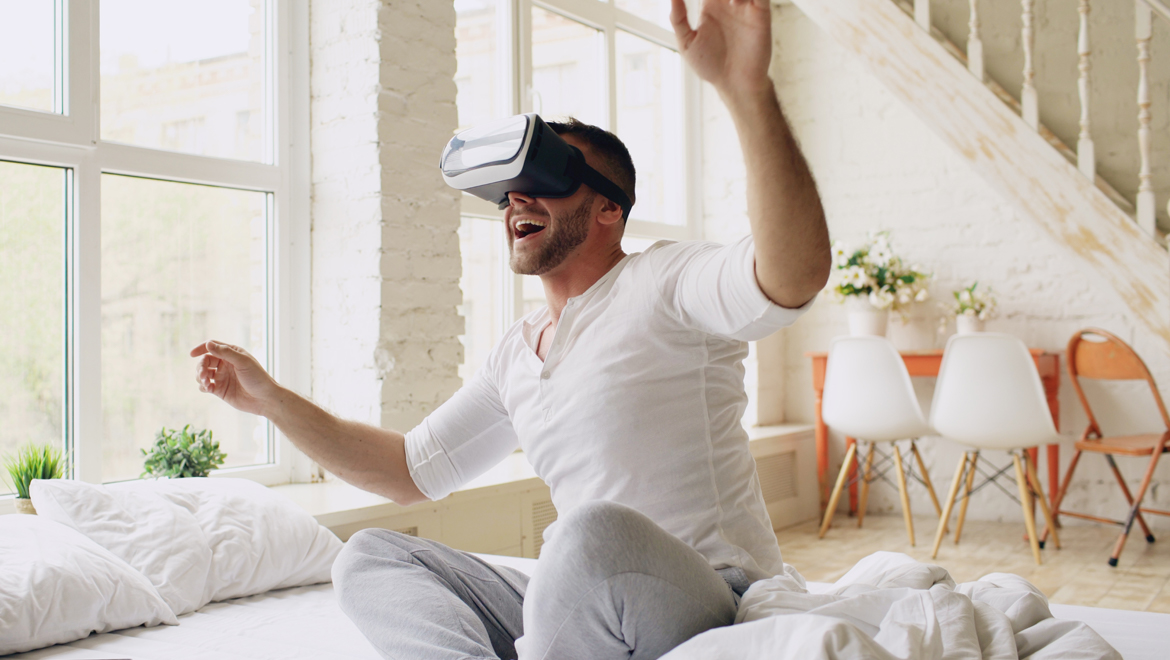PRESS AND NEWS CENTER
Technicolor Pushes to Create Immersive Experiences That Build Emotional Connections

 Josh Limor, VP of Technology and Ecosystem Development, Technicolor
Josh Limor, VP of Technology and Ecosystem Development, TechnicolorBy: Josh Limor
Technicolor
VP of Technology and Ecosystem Development
The powerful combination of virtual reality (VR), augmented reality (AR) and mixed reality (MR) isn’t just about entertainment. It’s about creating immersive experiences that emotionally connect the audience to a story, a brand, a message, or other content. Emotional connections are key to committing message to memory.
Until now, it’s been difficult to do that largely because efforts have been restrained by content created and consumed in a flat world, with just two dimensions. Slogans are a prime example—people remember the saying, but often have difficulty recalling the brand behind it. Brands have been evolving their efforts to create greater emotional connections: consider Coca-Cola’s switch of its tagline “Open Happiness” to “Taste the Feeling,” or the P&G ad campaign that ran during the Sochi Olympic Games in 2014 thanking moms for their unwavering support.
Still, none of these are as influential as immersive experiences. By using multiple stimuli and involving as many senses as possible to fully engage with the mind of the viewer, experiential branding, advertising, and promotional initiatives can create powerful connections with the audience. When the audience is truly immersed—and truly feeling an affect—memories are created, and those memories help form attachments.
Technicolor is leading the charge in using immersive experiences to create emotional connections. The Mill, a Technicolor visual effects company, has already created a powerful car commercial that blends VR with reality, producing a configurable live action film that lets the audience change, on-demand, the objects, characters and environment in the commercial.
Technicolor’s MPC helped create a VR experience to accompany the well-known U.K. department store, John Lewis’s, Christmas commercial that featured a menagerie of animals playing on an outdoor trampoline while Buster, the dog, watches from inside the house. The experience let people enter the world of the advertisement and play with the animals using VR—a tangible way to create an emotional connection to the commercial and the John Lewis brand. The VR experience was installed in stores and some 11,000 people participated. Each person also received a URL so they could view and share on social media a short film of their own VR experience. This created a cycle between the virtual and physical worlds that drew people into the store.
In late July Technicolor unveiled its Technicolor Experience Center, where artists and technologists from across the industry can come together to realize the full potential of immersive media. By uniting talent from Technicolor and its creative brands with partners from fields as diverse as gaming, animation, traditional media and technology, Technicolor will enable the ideation, exploration and creation that pushes the boundaries of what immersive experiences can be.
Note: Limor gave a presentation on the topic of immersive media, emotional connections and brand building at the Adobe Summit - The Digital Marketing Conference in London.